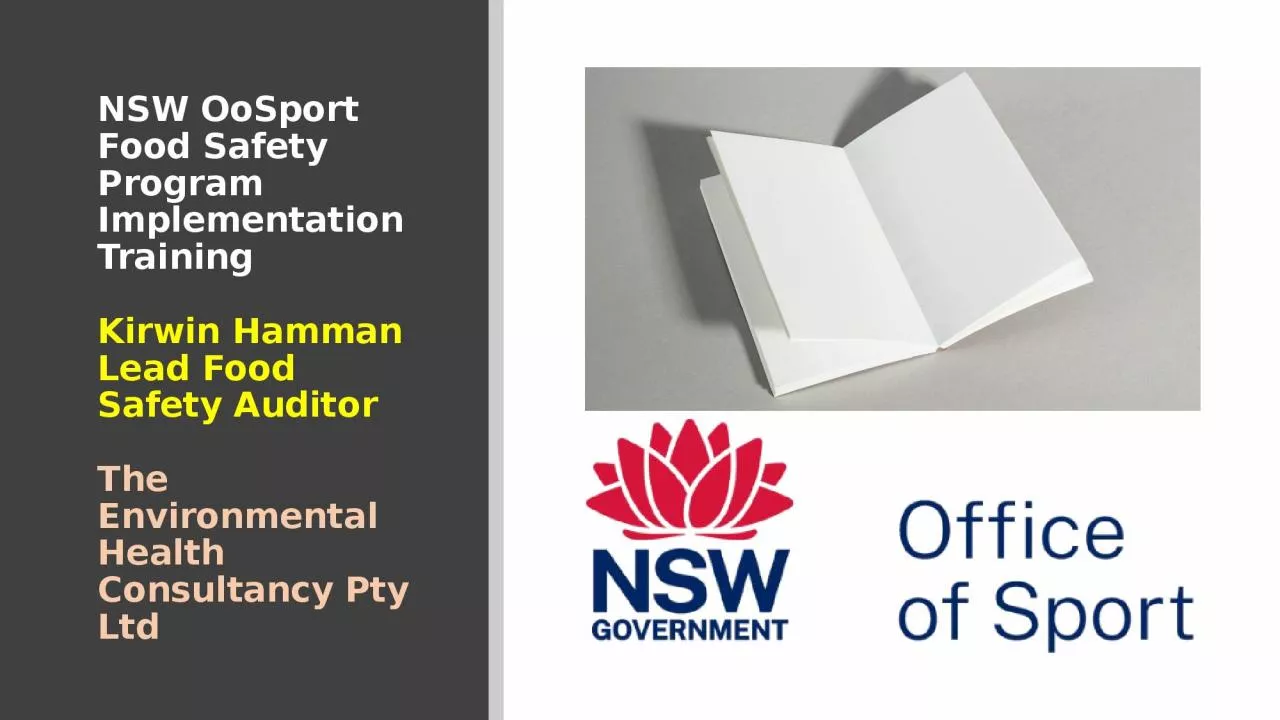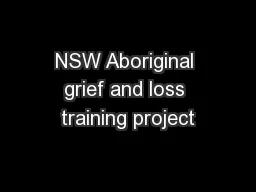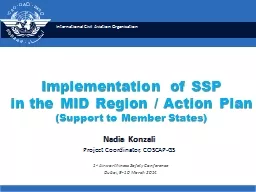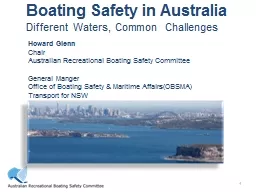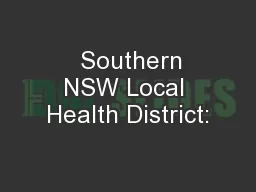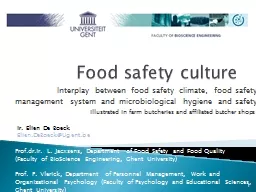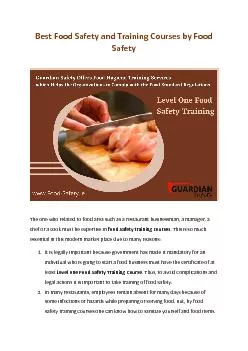PPT-NSW OoSport Food Safety Program Implementation Training
Author : emma | Published Date : 2024-03-15
Kirwin Hamman Lead Food Safety Auditor The Environmental Health Consultancy Pty Ltd Course Logistics The training will go for 4 hours Please ask questions at any
Presentation Embed Code
Download Presentation
Download Presentation The PPT/PDF document "NSW OoSport Food Safety Program Impleme..." is the property of its rightful owner. Permission is granted to download and print the materials on this website for personal, non-commercial use only, and to display it on your personal computer provided you do not modify the materials and that you retain all copyright notices contained in the materials. By downloading content from our website, you accept the terms of this agreement.
NSW OoSport Food Safety Program Implementation Training: Transcript
Download Rules Of Document
"NSW OoSport Food Safety Program Implementation Training"The content belongs to its owner. You may download and print it for personal use, without modification, and keep all copyright notices. By downloading, you agree to these terms.
Related Documents

